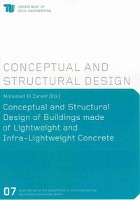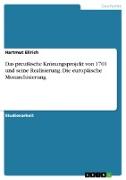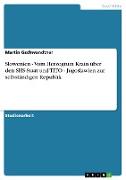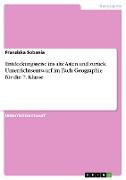- Start
- Conceptual and Structural Design of Buildings made of Lightweight and Infra-Lightweight Concrete
Conceptual and Structural Design of Buildings made of Lightweight and Infra-Lightweight Concrete
Angebote / Angebote:
Sometimes the need to reduce the weight of a structural element is not less important than increasing its strength, especially in heavy structures such as tall buildings and bridges where the structure's weight is one of the main problems that faces the designers. In spite of the increasing use and demand of Lightweight Concrete (LWC), the conceptual and structural design aspects for buildings made from LWC and Infra-Lightweight Concrete (ILWC) have not been adequately explained.
Issues such as element dimensions, connections, and reinforcement types and details as well as shortand long-term deformations and dynamic behaviour for LWC structures should be covered in up-todate codes. Therefore, this study deals with conceptual and structural design of buildings made from LWC and ILWC and generally consists of two main objectives:
- Development and production of new mixtures for LWC and ILWC with minimized dry density and very good mechanical and physical properties.
- The ability to apply and involve these new materials in the construction field through intensive series of experimental tests on different structural elements and connections under static and dynamic loads.
In order to achieve the first objective in the study, two targets were defined, the first: fair-faced ILWC for walls with minimum dry density (Pmin < 800 kg/m³), minimum thermal conductivity enough to eliminate the heat insulation materials, and maximum strength enough to resist the vertical bearing stress from floors. The second target: fair-faced LWC for construction of floor slabs and beams with minimum dry density, minimum thermal conductivity and maximum strength enough to resist flexural and shear stresses comparable to normal concrete (NC).
Once the ILWC and LWC materials were developed and their mechanical and physical properties were determined, a series of large-scale experiments was conducted.
Libri-Titel folgt in ca. 2 Arbeitstagen




